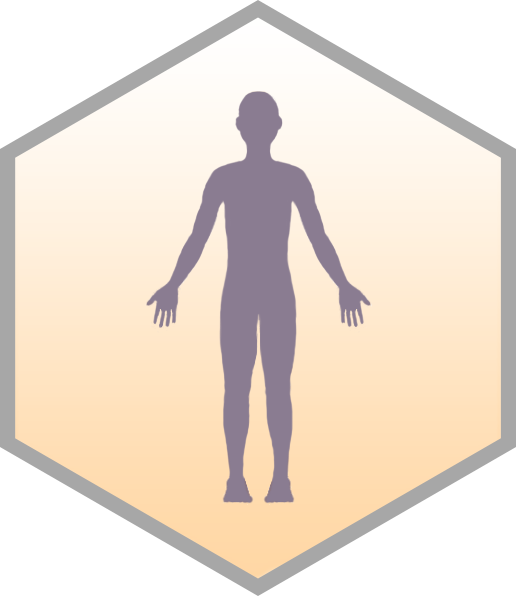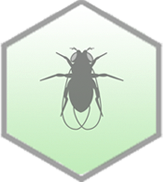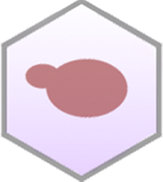TRX2 / YGR209C Overview
- Standard Name
- TRX2 1
- Systematic Name
- YGR209C
- SGD ID
- SGD:S000003441
- Aliases
- LMA1 2
- Feature Type
- ORF , Verified
- Description
- Cytoplasmic thioredoxin isoenzyme; part of the thioredoxin system that protects cells from oxidative and reductive stress; subunit of the LMA1 complex, with Pbi2p, that promotes vacuole inheritance; cofactor for Tsa1p; required for ER-Golgi transport; facilitates mitochondrial import of small Tims (Tim9p, Tim10p, Tim13p) by maintaining them in reduced form along with Trx1p; component of a signal transduction redox relay in a light sensing pathway; abundance increases under DNA replication stress 2 3 4 5 6 7 8 9 10 11
- Name Description
- ThioRedoXin 1
- Paralog
- TRX1
- Comparative Info
-







Sequence
The S. cerevisiae Reference Genome sequence is derived from laboratory strain S288C. Download DNA or protein sequence, view genomic context and coordinates. Click "Sequence Details" to view all sequence information for this locus, including that for other strains.
- Summary
- TRX2 has a paralog, TRX1, that arose from the whole genome duplication
Analyze Sequence
S288C only
BLASTN | BLASTP | Design Primers | Restriction Fragment Map | Restriction Fragment Sizes | Six-Frame Translation
S288C vs. other species
BLASTN vs. fungi | BLASTP at NCBI | BLASTP vs. fungi
S288C vs. other strains
Protein
Basic sequence-derived (length, molecular weight, isoelectric point) and experimentally-determined (median abundance, median absolute deviation) protein information. Click "Protein Details" for further information about the protein such as half-life, abundance, domains, domains shared with other proteins, protein sequence retrieval for various strains, physico-chemical properties, protein modification sites, and external identifiers for the protein.
- Length (a.a.)
- 104
- Mol. Weight (Da)
- 11201.0
- Isoelectric Point
- 4.54
- Median Abundance (molecules/cell)
- 33336 +/- 10091
- Half-life (hr)
- 8.2
Alleles
Curated mutant alleles for the specified gene, listed alphabetically. Click on the allele name to open the allele page. Click "SGD search" to view all alleles in search results.
View all TRX2 alleles in SGD search
Gene Ontology
GO Annotations consist of four mandatory components: a gene product, a term from one of the three Gene Ontology (GO) controlled vocabularies (Molecular Function, Biological Process, and Cellular Component), a reference, and an evidence code. SGD has manually curated and high-throughput GO Annotations, both derived from the literature, as well as computational, or predicted, annotations. Click "Gene Ontology Details" to view all GO information and evidence for this locus as well as biological processes it shares with other genes.
- Summary
- Putative disulfide oxidoreductase; involved in cellular redox homeostasis, protein deglutathionylation, vacuole fusion and inheritance, vesicle-mediated traffic between the ER and Golgi and sulfate assimilation; localizes to the cytosol
View computational annotations
Molecular Function
- Manually Curated
- enables disulfide oxidoreductase activity (ISS)
Biological Process
- Manually Curated
- involved in cell redox homeostasis (IGI)
- involved in endoplasmic reticulum to Golgi vesicle-mediated transport (IDA)
- involved in glutathione metabolic process (IGI)
- involved in protein deglutathionylation (IMP, IDA, IGI)
- involved in retrograde vesicle-mediated transport, Golgi to endoplasmic reticulum (IDA)
- involved in sulfate assimilation (IGI)
- involved in vacuole fusion, non-autophagic (IDA)
- involved in vacuole inheritance (IMP)
Complex
Macromolecular complex annotations are imported from the Complex Portal. These annotations have been derived from physical molecular interaction evidence extracted from the literature and cross-referenced in the entry, or by curator inference from information on homologs in closely related species or by inference from scientific background.
Pathways
- guanosine deoxyribonucleotides de novo biosynthesis II
- adenosine deoxyribonucleotides de novo biosynthesis II
- sulfate assimilation pathway
- superpathway of purine nucleotides de novo biosynthesis II
- thioredoxin pathway
- superpathway of guanosine nucleotides de novo biosynthesis II
- superpathway of adenosine nucleotides de novo biosynthesis II
- superpathway of sulfur amino acid biosynthesis (Saccharomyces cerevisiae)
- superpathway of purine biosynthesis and salvage pathways
- superpathway of histidine, purine, and pyrimidine biosynthesis
- assimilatory sulfate reduction I
- de novo biosynthesis of pyrimidine deoxyribonucleotides
- de novo biosynthesis of purine nucleotides
Phenotype
Phenotype annotations for a gene are curated single mutant phenotypes that require an observable (e.g., "cell shape"), a qualifier (e.g., "abnormal"), a mutant type (e.g., null), strain background, and a reference. In addition, annotations are classified as classical genetics or high-throughput (e.g., large scale survey, systematic mutation set). Whenever possible, allele information and additional details are provided. Click "Phenotype Details" to view all phenotype annotations and evidence for this locus as well as phenotypes it shares with other genes.
Classical Genetics
- null
- overexpression
- null
Large-scale Survey
Interaction
Interaction annotations are curated by BioGRID and include physical or genetic interactions observed between at least two genes. An interaction annotation is composed of the interaction type, name of the interactor, assay type (e.g., Two-Hybrid), annotation type (e.g., manual or high-throughput), and a reference, as well as other experimental details. Click "Interaction Details" to view all interaction annotations and evidence for this locus, including an interaction visualization.
- Summary
- The trx2 null mutant is viable; the null mutant of paralog trx1 is viable; the trx2 trx1 double mutant displays growth defects; the trx1 trx2 grx1 grx2 quadruple mutant is inviable.
280 total interactions for 219 unique genes
Physical Interactions
- Affinity Capture-MS: 76
- Affinity Capture-RNA: 7
- Affinity Capture-Western: 8
- Biochemical Activity: 1
- Co-crystal Structure: 2
- Co-purification: 2
- PCA: 7
- Proximity Label-MS: 14
- Reconstituted Complex: 2
- Two-hybrid: 7
Genetic Interactions
- Negative Genetic: 89
- Phenotypic Enhancement: 10
- Phenotypic Suppression: 8
- Positive Genetic: 25
- Synthetic Growth Defect: 6
- Synthetic Lethality: 5
- Synthetic Rescue: 11
Regulation
The number of putative Regulators (genes that regulate it) and Targets (genes it regulates) for the given locus, based on experimental evidence. This evidence includes data generated through high-throughput techniques. Click "Regulation Details" to view all regulation annotations, shared GO enrichment among regulation Targets, and a regulator/target diagram for the locus.
Expression
Expression data are derived from records contained in the Gene Expression Omnibus (GEO), and are first log2 transformed and normalized. Referenced datasets may contain one or more condition(s), and as a result there may be a greater number of conditions than datasets represented in a single clickable histogram bar. The histogram division at 0.0 separates the down-regulated (green) conditions and datasets from those that are up-regulated (red). Click "Expression Details" to view all expression annotations and details for this locus, including a visualization of genes that share a similar expression pattern.
Summary Paragraph
A summary of the locus, written by SGD Biocurators following a thorough review of the literature. Links to gene names and curated GO terms are included within the Summary Paragraphs.
Last Updated: 2007-10-23
Literature
All manually curated literature for the specified gene, organized into topics according to their relevance to the gene (Primary Literature, Additional Literature, or Review). Click "Literature Details" to view all literature information for this locus, including shared literature between genes.